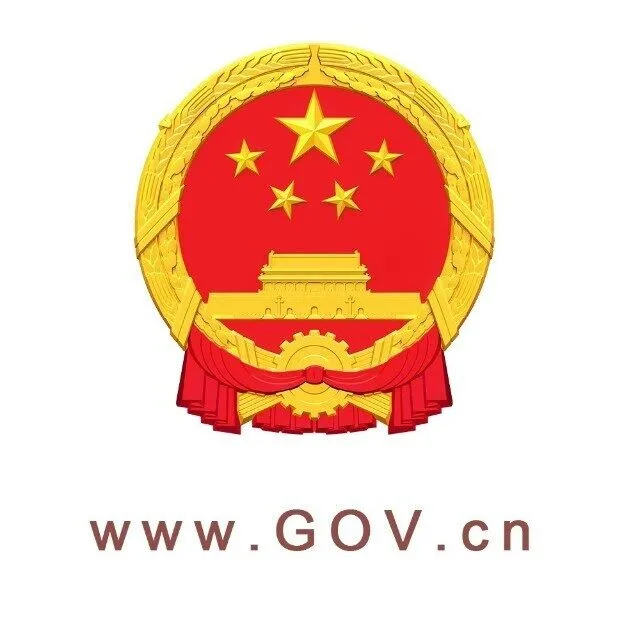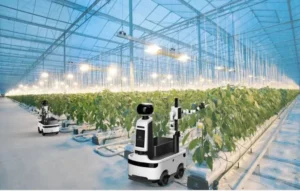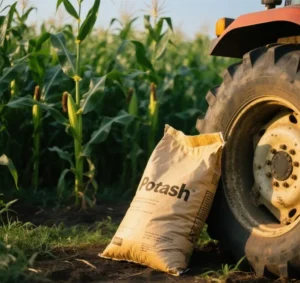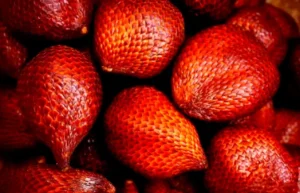In a significant move to modernize its agricultural sector, China’s State Council recently issued a comprehensive guideline titled Opinions on Deepening the Implementation of the “Artificial Intelligence Plus” Action. This initiative is a pivotal step in integrating advanced AI technologies into various agricultural domains to boost productivity, sustainability, and food security. According to the Ministry of Agriculture and Rural Affairs, China has invested over $20 billion in agricultural digitalization since 2020 and plans to reach $35 billion by 2027.
The document highlights several key areas of focus. First, it emphasizes the innovation of AI-driven breeding systems, which are expected to enhance genetic selection and improve the quality of livestock and crops. According to reports, AI-powered breeding platforms increased crop yields by 15-20% and reduced breeding cycles by 30% in pilot regions by 2024. Leveraging AI algorithms allows farmers to make more precise genetic modifications, resulting in greater disease resistance and improved nutritional value in staple crops such as rice and corn.
Additionally, the guideline promotes the adoption of intelligent applications in planting and aquaculture. As of 2023, China had deployed over five million smart sensors and Internet of Things (IoT) devices in agricultural fields, covering over eighty million hectares. These technologies include soil moisture sensors, weather monitoring systems, and AI-driven irrigation controls that enable real-time monitoring of environmental conditions. In water-scarce regions, precision agriculture has reduced water consumption by 25-35% while maintaining crop productivity. AI-powered aquaculture systems have also increased fish survival rates by 20% through automated water quality management and disease detection.
Another cornerstone is the development of smart machinery, including drones and robots. China now has over 1.2 million agricultural drones in operation. These drones spray pesticides and fertilizers across 300 million hectares annually. This cuts labor costs by 60% and increases spraying efficiency by 80%, compared to manual methods. Additionally, more than 200,000 autonomous tractors and harvesting robots have been deployed, representing 30% of mechanized farming operations in major grain-producing provinces. In Xinjiang’s cotton fields, for example, AI-guided harvesters have reduced labor dependency by 90% and increased harvest speeds fivefold.
The guideline also emphasizes the management of machinery through a platform. The national “Smart Agriculture Cloud Platform” integrates data from 3.5 million farming entities to optimize equipment scheduling and maintenance. Through predictive analytics, it has reduced equipment downtime by 40% and overall operational costs by 15-20%.
AI plays a crucial role in risk prevention. In 2023 alone, the China Meteorological Administration’s AI-powered weather prediction model helped farmers avoid over $2 billion in losses from extreme weather events by analyzing satellite imagery, soil data, and historical trends to forecast floods, droughts, and pest outbreaks with 85–90% accuracy. AI image recognition in pest monitoring systems can detect and control infestations early, saving 12-15% of total crop losses annually.
The State Council’s initiative demonstrates China’s determination to revolutionize agriculture. By 2030, the government aims to digitally transform 70% of agriculture, with AI contributing to a 50% reduction in labor intensity and a 30% increase in resource efficiency. As these technologies scale up, China seeks to balance technological advancement with rural revitalization. The country aims to ensure that small-scale farmers can access affordable AI tools through cooperative models.
As the “Artificial Intelligence Plus” initiative progresses, China’s agricultural transformation is poised to reshape global food production. Concrete, data-driven results are emerging from pilot projects, offering a blueprint for sustainable and efficient agriculture worldwide. The intelligent farms of tomorrow are becoming a reality today.









